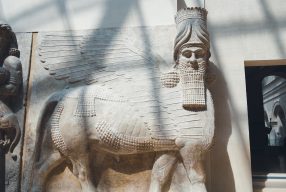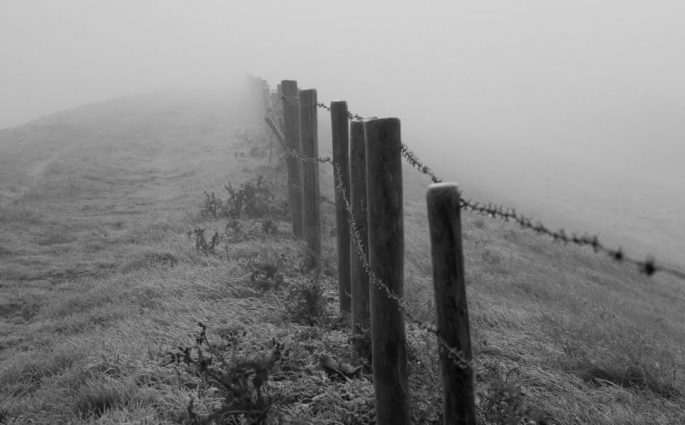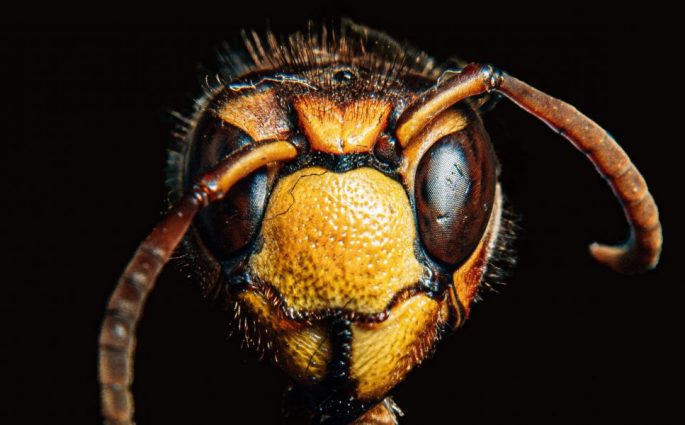The First Earth Day
Richard N. L. Andrews— On April 22, 1970, a handful of volunteers led by Sen. Gaylord Nelson of Wisconsin organized the first Earth Day, which grew into what Newsweek magazine described as “the biggest street festival since the Japanese surrender in 1945.” It included mass rallies of up to 25,000
































